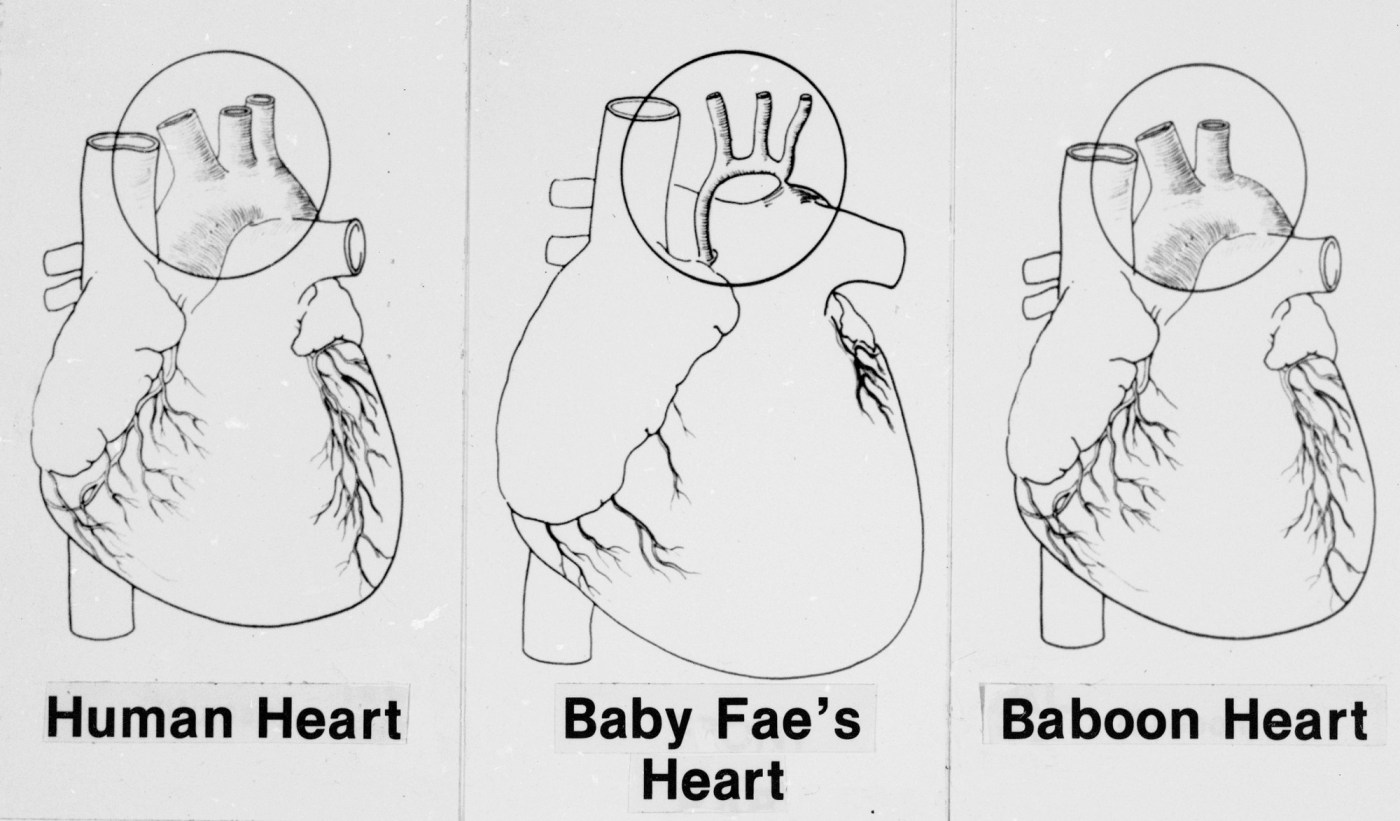As the clocks turn back for daylight savings, pet owners may notice shifts in their animals’ behaviors and feeding patterns. This change, which affects human routines, can also impact pets, leading to confusion and stress.
According to the American Kennel Club Chief Veterinarian, Dr. Jerry Klein, dogs have a natural rhythm that aligns with the sun rather than the arbitrary schedules set by humans. “Dogs respond to daylight, and they wake when the sun rises and sleep when it’s dark,” he explains. This means that pets may struggle to adjust to the new schedule, especially if their feeding times shift significantly.
While dogs are unlikely to count the hours until their next meal, they may exhibit signs of distress during the transition. Increased grumbling, growling, or general restlessness could indicate that your dog is feeling the effects of the time change. To help ease this adjustment, consider feeding your dog slightly earlier than usual. For example, if your dog’s regular dinnertime is set for 18:00, try moving it to 17:45, and gradually adjust it earlier over the following days.
For cats, the behavior can be even more pronounced. Noted animal behaviorist Jackson Galaxy emphasizes that cats also follow the sun’s patterns. Their napping spots may change as they seek out the warmth of the sunbeams streaming through windows. As the sun rises, your cat is likely to wake, and as it sets, they may settle down for a nap—only to become active again during the night.
Cats generally have a faster metabolism than dogs, causing them to feel hungrier more frequently. While it may be tempting to adopt a grazing system by leaving dry food out all day, it is advisable to stick to a structured feeding schedule. This routine not only helps manage their hunger but also fosters a stronger bond between you and your pet.
In light of the increased darkness brought on by daylight savings, pet owners may find themselves feeling a bit out of sorts as well. This time of year can contribute to feelings of seasonal affective disorder, impacting both pets and their owners. To combat this, consider spending more quality time with your pets during the darker months, as this can enhance your mood and provide comfort for both you and your furry companions.
As you navigate these changes, remember that patience and consistency are key. Adjusting to the new schedule may take time, but with a little diligence, both you and your pets can find harmony during this period of adjustment. If you have specific concerns about your pet’s behavior, consulting a veterinarian or a pet behavior expert can provide tailored advice.
For additional questions or concerns, you can reach out to Sally Cragin, director of Be PAWSitive: Therapy Pets and Community Education, at [email protected].







